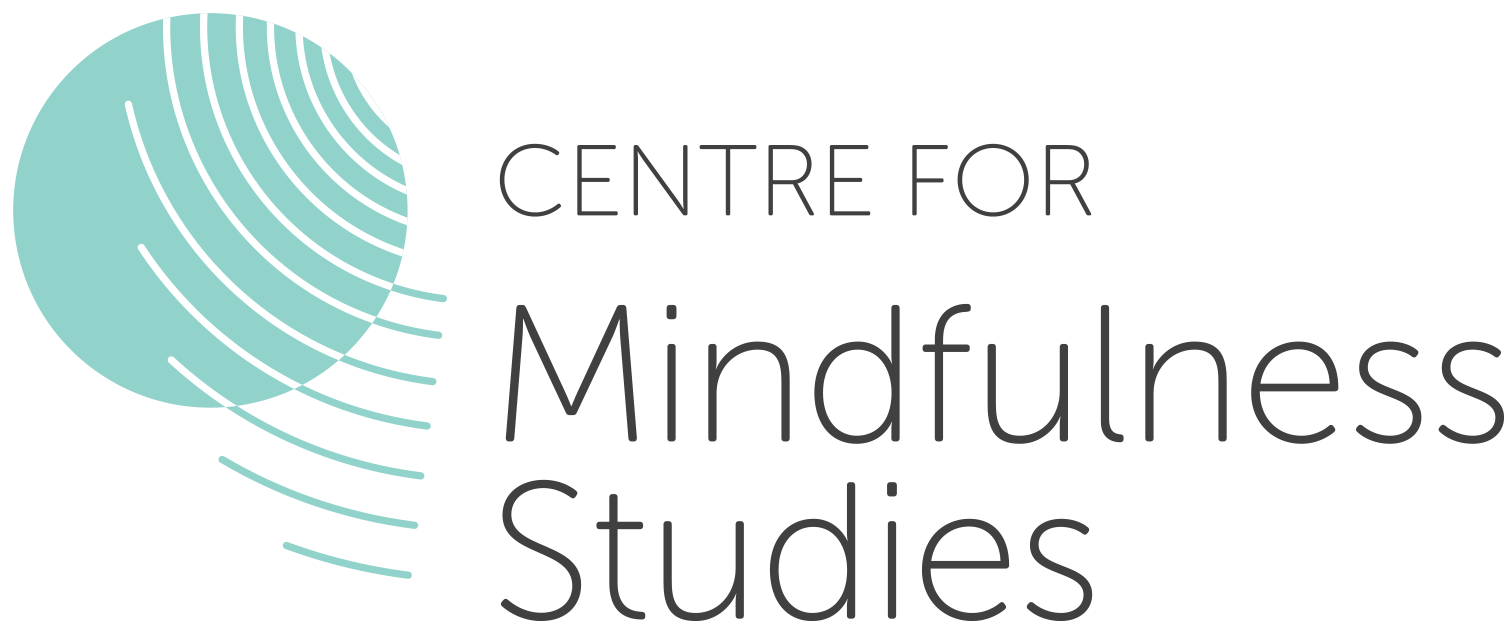Working with Envy
As the winter’s snow slowly melts away, the green of grasses and budding trees come back into view. The colour of the leprechaun abounds in nature, St. Patricks’ day festivities, and in watching our hard-earned dollars disappear as we complete our income tax returns. As we waken from our winter hibernation and venture out into the world again, we may also notice times we are “seeing green” on the inside. Indeed, having contact with others (either in the “real world” or through social media) can spark feelings of inadequacy, sadness and shame. If these underlying feelings are not attended to, they often morph into secondary feelings of envy and jealousy.
Envy is considered a “socially constructed” emotion (animals, for example, would not be seen giving each other the “evil eye”), and there really is no biologically adaptive reason to have this feeling. Envy, in its entirety, does not give us any useful information as to how to move forward in our lives. To make something constructive out of this difficult emotion, we have to break it down a little and work with its components.
In the body, envy appears as intensity (the body literally heats up) in the area of the face and chest and very little sensation elsewhere. Body mapping technology shows us envy is “felt” in similar ways as sadness and contempt. Although the reasons for this crossover are speculative, one might presume that envy elicits the sadness at recognizing something missing in our own lives and resentment that what we are missing is “owned” by another. We can work with envy by first identifying it’s impact in the body. When envy is triggered, we might take a moment to feel the sensation in the head, neck, chest and perhaps the lack of sensation in the stomach or limbs. Simply noticing the bodily sensations and labeling the emotion as “envy” can go a long way toward alleviating our suffering as doing so helps us to get some distance between our sense of self and what is happening.
Once we have noticed, or turned toward, our experience, we might also feel compelled to offer ourselves some compassion. When we recognize our underlying pain, we have an opportunity to nurture ourselves by offering phrases or gestures of kindness. We can do this by silently repeating phrases such as “may I be happy”, by imagining yourself in a situation you enjoy or by reflecting on your own positive qualities and accomplishments. Where there is underlying shame, or a sense of being perpetually unworthy, we might reflect on our relationships and how we are being treated by significant others in our lives. By unpacking shame, we can look for important signals that guide us in important areas of our lives.
From a cognitive perspective, we can work with envy by exploring potential “cognitive distortions” (or faulty thinking) associated with our assessments. For example, we might look at our neighbor’s new car and think;
“He’s so lucky, he has everything I could ever want, he must be so happy”
Although much of the above may be true, it is also quite possible our neighbor has his own set of challenges. Some of the most common cognitive distortions associated with envy include black-and-white thinking, overgeneralization and filtering (to name a few). Information on cognitive distortions, and how to challenge them, is readily available online and through library resources. One classic source is David Burnes’, The Feeling Good Handbook (1989).
From an Eastern Psychological Perspective, envy, like many sources of suffering, comes from a sense of separate self. More specifically, we get caught up in the pain of feeling disconnected and different when we focus on our pain and our suffering, as though we were the only ones to ever have such an experience. The antidote to envy, according to these teachings, would include opening our awareness to include the suffering of others, remembering that all things change (a year from now it may be the neighbor envying our landscaping) and cultivating sympathetic joy (or feeling happy for another’s success or happiness).
Yet another way we can work with envy is by focusing on gratitude. If we put our attention on the things we do have, or that are going “right” for us, we active feelings of pride and happiness (perhaps even love), which show up quite differently in the body and mind. We can cultivate gratitude by engaging in activities such as keeping a gratitude journal, having a “gratitude buddy” (someone with whom we regularly speak and share what we are grateful for) or writing letters thanking people who have helped us in our lives.
Although the experience of envy is quite painful, we can turn it into something productive by tuning into it’s underlying feelings and messages. We might notice we have been feeling unappreciated, for example, or that we have not yet clearly identified our own goals or priorities. We might simply notice we have been feeling sad and lonely through the winter months and long to feel the happiness and connection we perceive others to possess. When feelings are lacking, extreme, confusing or disorienting, it can be tremendously helpful to enlist the help of a qualified mental health professional. With the right kind of attention and support, even envy can be transformed into a rich and rewarding experience.
To read Dr. Hurley’s blog: click here
